EDITORIAL
Published on 06 Apr 2022
Editorial: Hemispheric Asymmetries in the Auditory Domain
doi 10.3389/fnbeh.2022.892786
- 1,262 views
3,597
Total downloads
19k
Total views and downloads
Select the journal/section where you want your idea to be submitted:
EDITORIAL
Published on 06 Apr 2022
BRIEF RESEARCH REPORT
Published on 18 Mar 2022
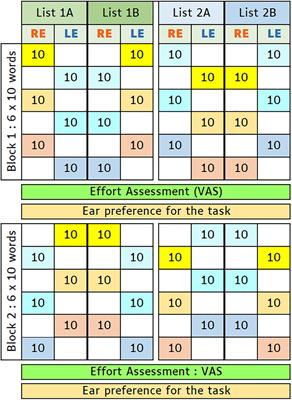
ORIGINAL RESEARCH
Published on 03 Mar 2022
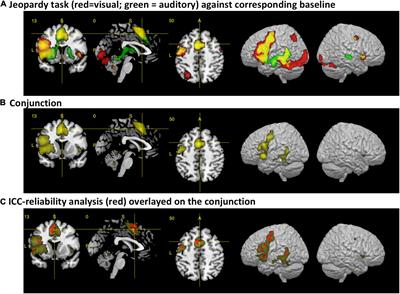
ORIGINAL RESEARCH
Published on 10 Feb 2022
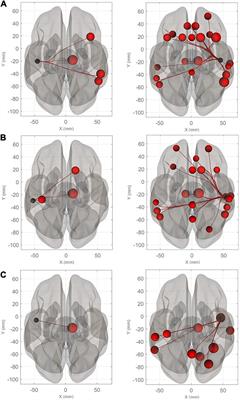
ORIGINAL RESEARCH
Published on 18 Jan 2022

OPINION
Published on 04 Jan 2022
ORIGINAL RESEARCH
Published on 30 Aug 2021
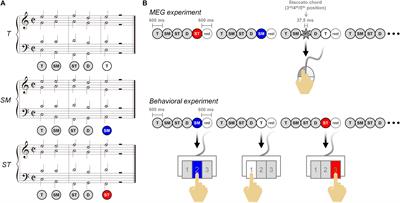
ORIGINAL RESEARCH
Published on 30 Jul 2021
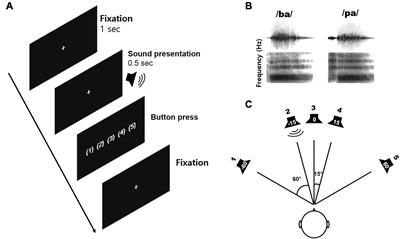

Frontiers in Human Neuroscience
Frontiers in Neuroscience
Frontiers in Psychology